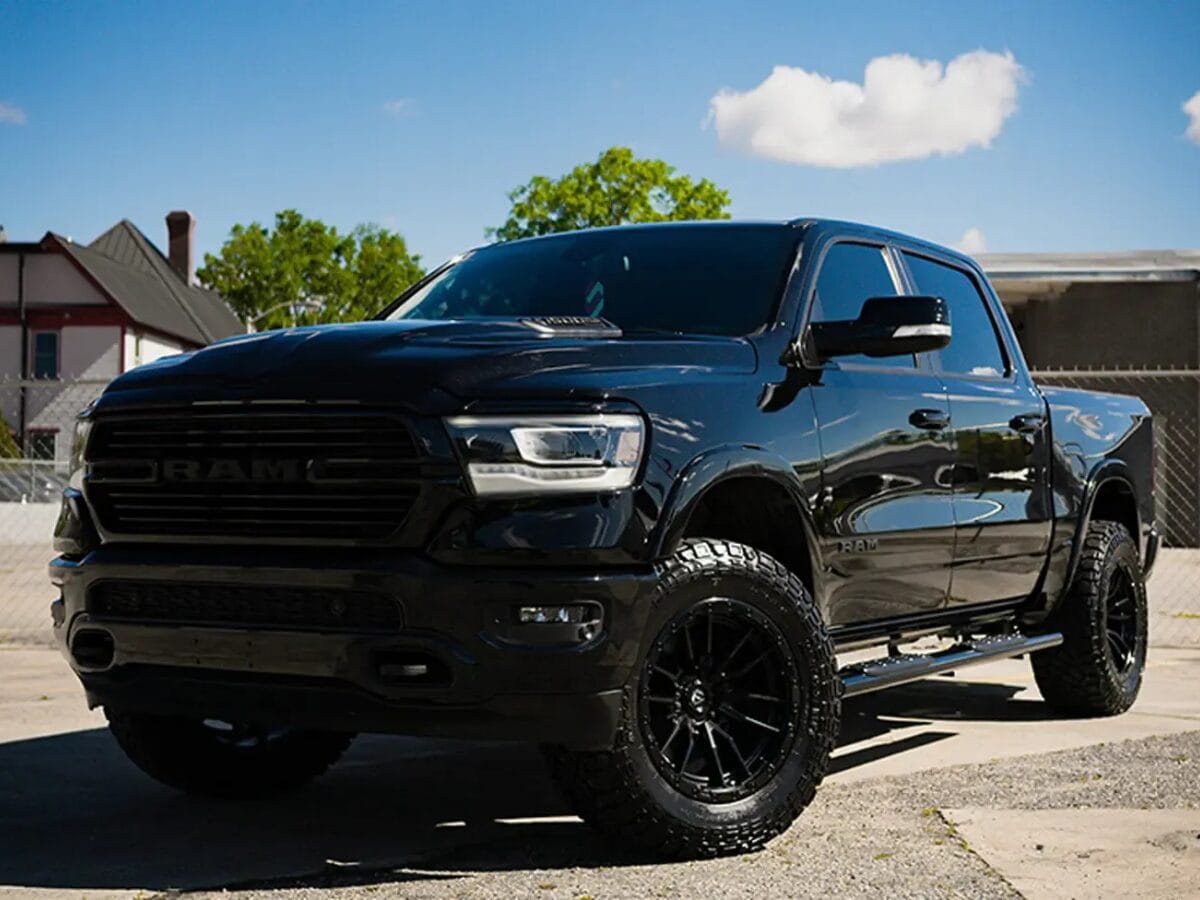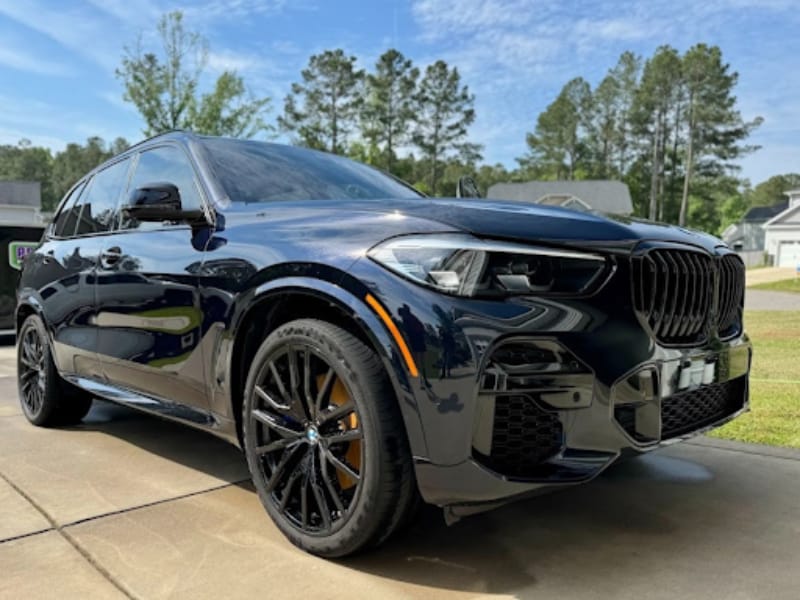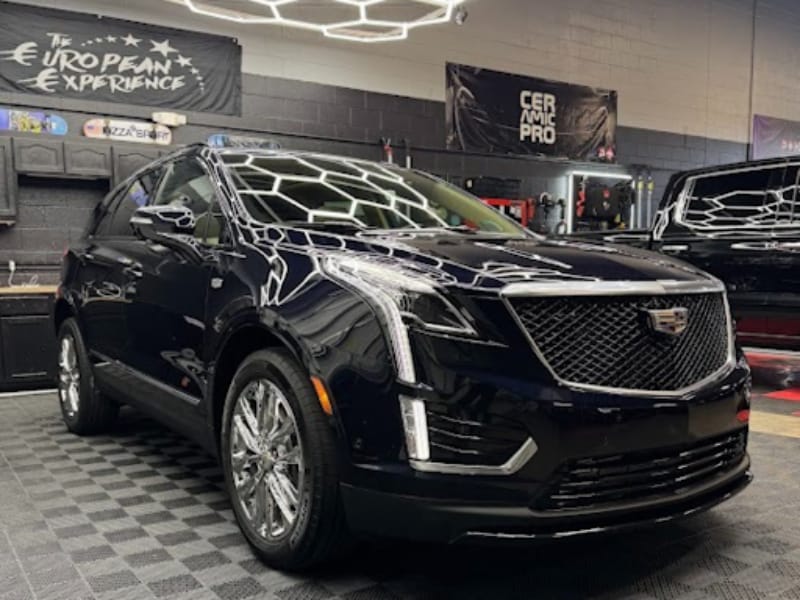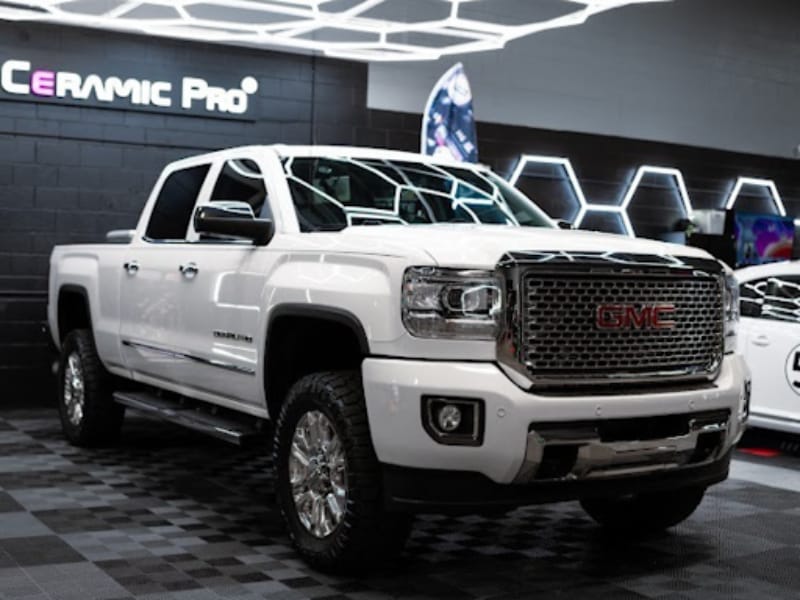Maintaining a vehicle’s paint goes far beyond washing and waxing. At Premier Detailing, understanding what does paint correction do is essential for restoring clarity, eliminating imperfections, and protecting your car’s value. In 2025, knowing how paint correction works helps car owners make informed decisions to keep their vehicles looking their best.
What Does Paint Correction Do
Paint correction is a professional process designed to eliminate surface imperfections from a vehicle’s paint. These defects include swirl marks, light scratches, oxidation, water spots, and minor etching. Through carefully applied polishing techniques, either by machine or hand, the original paint clarity and gloss are restored.
Paint correction is essentially a refinishing process that doesn’t require repainting. Its main purpose is to make your car look as close to showroom condition as possible.
By understanding what paint correction does, car owners can make informed decisions about whether their vehicle needs professional attention.
The Benefits of Paint Correction
Investing in paint correction offers several advantages:
- Restores Shine: Dull or oxidized paint regains a deep, reflective gloss.
- Protects Vehicle Value: Cars with flawless paint hold higher resale or trade-in value.
- Prepares Surface for Protection: Paint correction primes the vehicle for sealants or ceramic coatings.
- Removes Minor Damage: Swirl marks, scratches, and water spots are eliminated.
- Improves Overall Appearance: Older vehicles regain a fresh, well-maintained look.
Step-by-Step Paint Correction Process
Paint correction restores a vehicle’s original shine by carefully removing swirl marks, scratches, and oxidation. Every step is designed to bring out a deep, mirror-like finish while protecting the car’s paint and value.
1. Inspection & Cleaning
The process begins with a detailed inspection to identify imperfections and damage. The vehicle is thoroughly cleaned using high-quality car shampoo, clay bars, and microfiber towels, ensuring the paint surface is free of contaminants that could interfere with polishing.
2. Compounding & Polishing
Next, imperfections are removed layer by layer using professional polishers and cutting compounds. This step restores clarity and depth to the paint, reflecting the website’s explanation that paint correction refines the surface to reveal its true brilliance. Multi-stage correction is ideal for cars with heavy swirl marks or oxidation, while single-stage polishing may be sufficient for minor imperfections.
3. Finishing & Protection
Finally, a protective layer such as a paint sealant, wax, or ceramic coating is applied. This step preserves the corrected finish and prepares the vehicle for long-lasting protection, aligning with the website’s point that paint correction primes the surface for sealants or ceramic coatings.
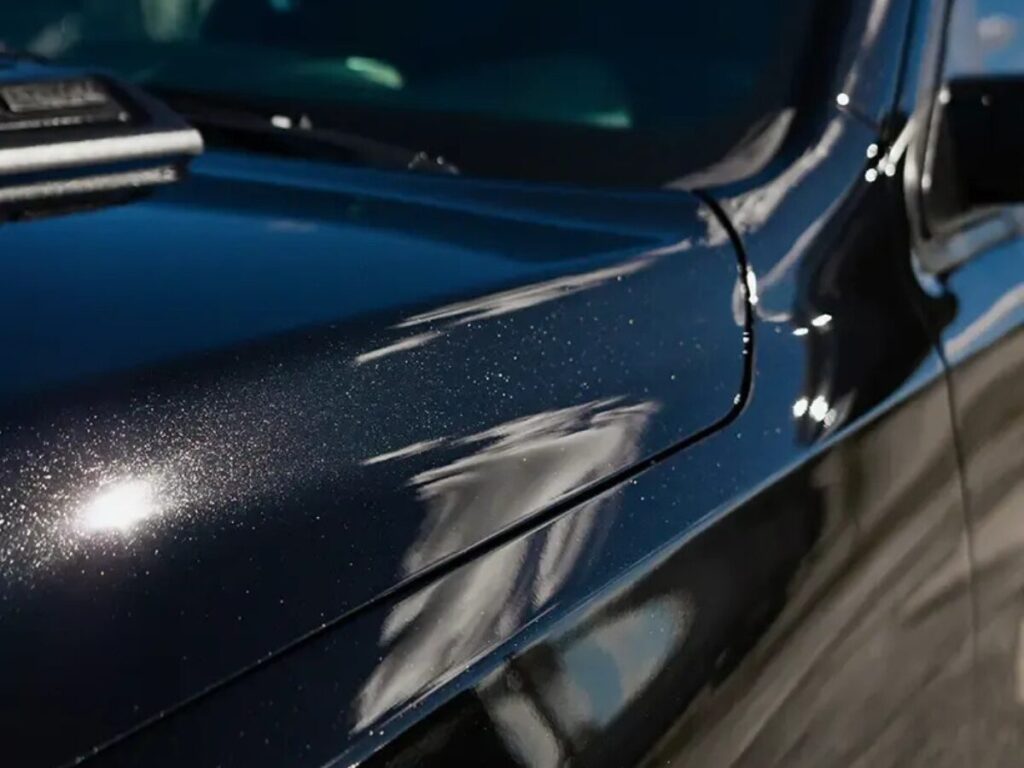
DIY vs Professional Paint Correction
Some car owners wonder if they can handle paint correction themselves, but the differences are important to understand.
DIY Paint Correction
- More affordable and accessible for at-home use
- Risk of over-polishing or damaging the clear coat
- Limited by the tools and compounds available for consumers
Professional Paint Correction
- Experts evaluate the paint and identify defects before starting
- Multi-stage polishing with precision equipment ensures thorough correction
- Provides consistent, safe results while preparing the vehicle for long-term protection
Myths & Facts
- Myth 1: You don’t need paint correction if you have a ceramic coating
Paint correction is often required before applying a ceramic coating. A coating locks in the paint’s current condition, so any imperfections left behind will remain permanently visible. - Myth 2: Paint correction will fix rock chips
Rock chips require touch-up paint. Paint correction can smooth the surface but cannot replace missing paint. - Myth 3: Paint correction can be done with any polishing pad
Different pads are designed for specific levels of correction. Foam, microfiber, and wool pads have different cutting and finishing abilities. Using the wrong pad can lead to poor results. - Myth 4: Dark-colored cars need correction more often than light-colored ones
All cars develop the same defects, but they are more noticeable on darker paint. Swirls and scratches are easier to see on black or dark vehicles, though all cars benefit equally from correction.
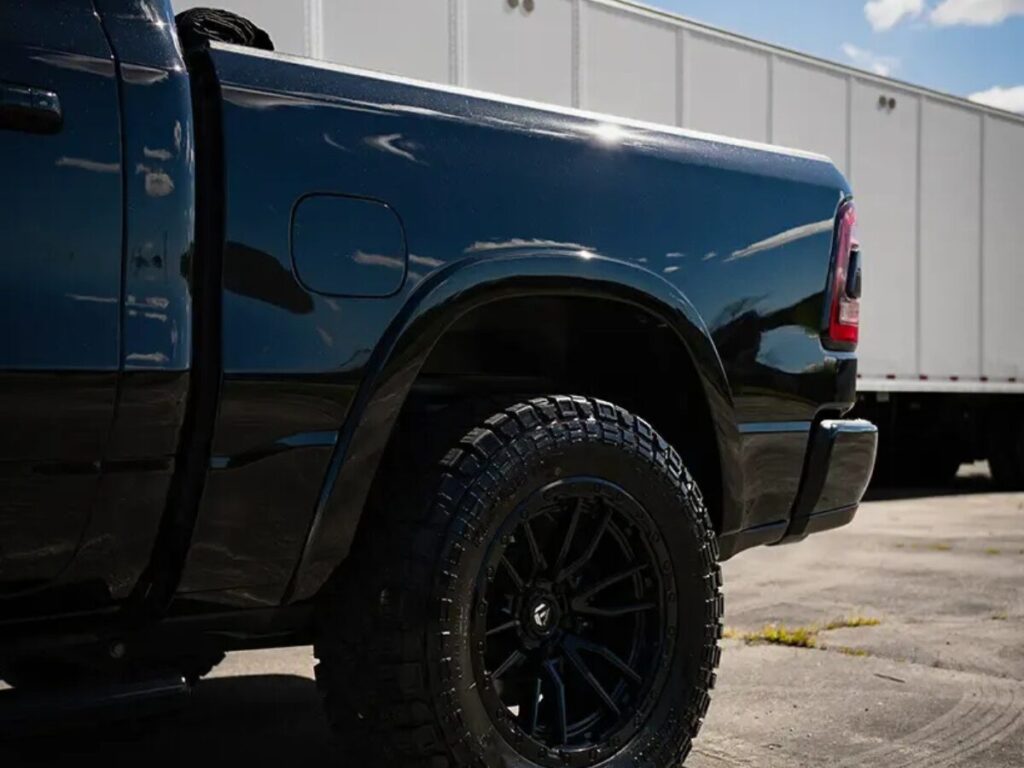
Paint Correction for Different Vehicles
- Daily Drivers: Removes minor swirls and oxidation for a refreshed look.
- Luxury Vehicles: Maintains high-value paint with showroom-quality results.
- Ceramic-Coated Cars: Prepares the surface to bond with coatings, enhancing longevity.
- Older Vehicles: Restores color depth and reduces oxidation or dullness.
How to Maintain Paint After Correction
Maintaining a corrected surface ensures long-term results:
- Use pH-neutral car shampoos for washing.
- Avoid abrasive brushes or automatic car washes with harsh bristles.
- Apply a protective layer such as paint sealant or ceramic coating.
- Keep vehicles out of direct sunlight for extended periods whenever possible.
Proper maintenance ensures the corrected paint remains glossy and protected for years.
FAQs
1. Can paint correction remove scratches?
Yes. Light to moderate scratches and swirl marks are polished away. Deep scratches may require touch-up paint.
2. Is paint correction worth it?
Absolutely. It restores paint clarity, increases resale value, and preps the surface for long-lasting protection.
4. Can I do paint correction myself?
DIY kits exist, but professional services deliver more consistent results and prevent clear coat damage.
6. How should I maintain my car after paint correction?
Use pH-neutral shampoo, avoid abrasive tools, and apply sealant or ceramic coating for extended protection.
7. Does paint correction replace waxing?
No. Correction restores the paint, while waxing adds a protective layer against dirt, UV rays, and contaminants.
8. Is paint correction safe for all paints?
Most paints are safe, but softer or older finishes need extra care. Professionals can tailor the process for safe, effective results.
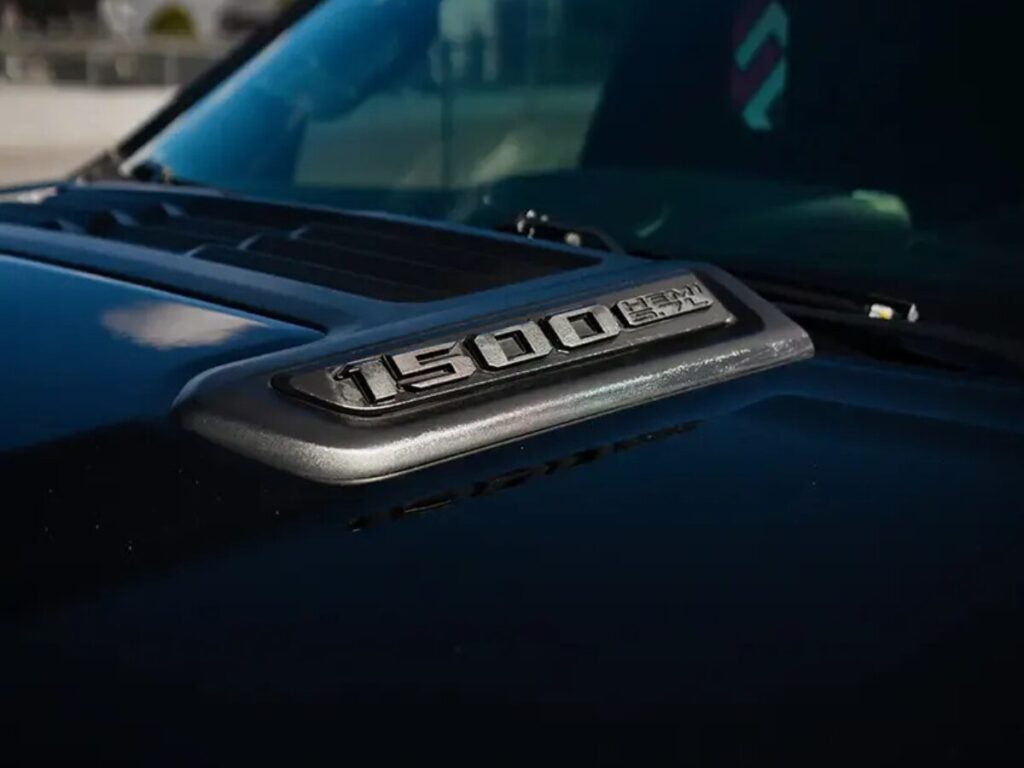
Keep Your Paint Flawless
Paint correction is more than a cosmetic service, it restores your vehicle’s clarity, removes imperfections, and preserves its value. Schedule a consultation today and experience the benefits of the best car paint correction in 2025, keeping your car looking flawless for years to come.
How to Get Started
Maintaining your car’s finish begins with understanding what does paint correction do. Depending on your vehicle’s condition, you may need a single-stage polish for minor scratches or a multi-stage process for deeper swirl marks and oxidation.
This process carefully restores the paint’s clarity and shine, revealing the true depth of color while preparing the surface for long-lasting protection. Taking this step ensures your vehicle looks polished, well-cared-for, and retains its value over time.
Visit at:
Premier Detailing
3696 Gillespie St, Fayetteville, NC, 28306
Check out:
premierdetailingofnc.com
Call at:
9105050644
Social Profile:
Facebook
Instagram
Tiktok
Book a session today and see how expert care can restore your car’s shine, protect its finish, and keep it looking its best.
Easy Ways to Get Started
- Get a Quote – Find the right package for your vehicle and budget.
- Contact Now – Speak directly with a professional and schedule your service.
Recommended Articles for You

